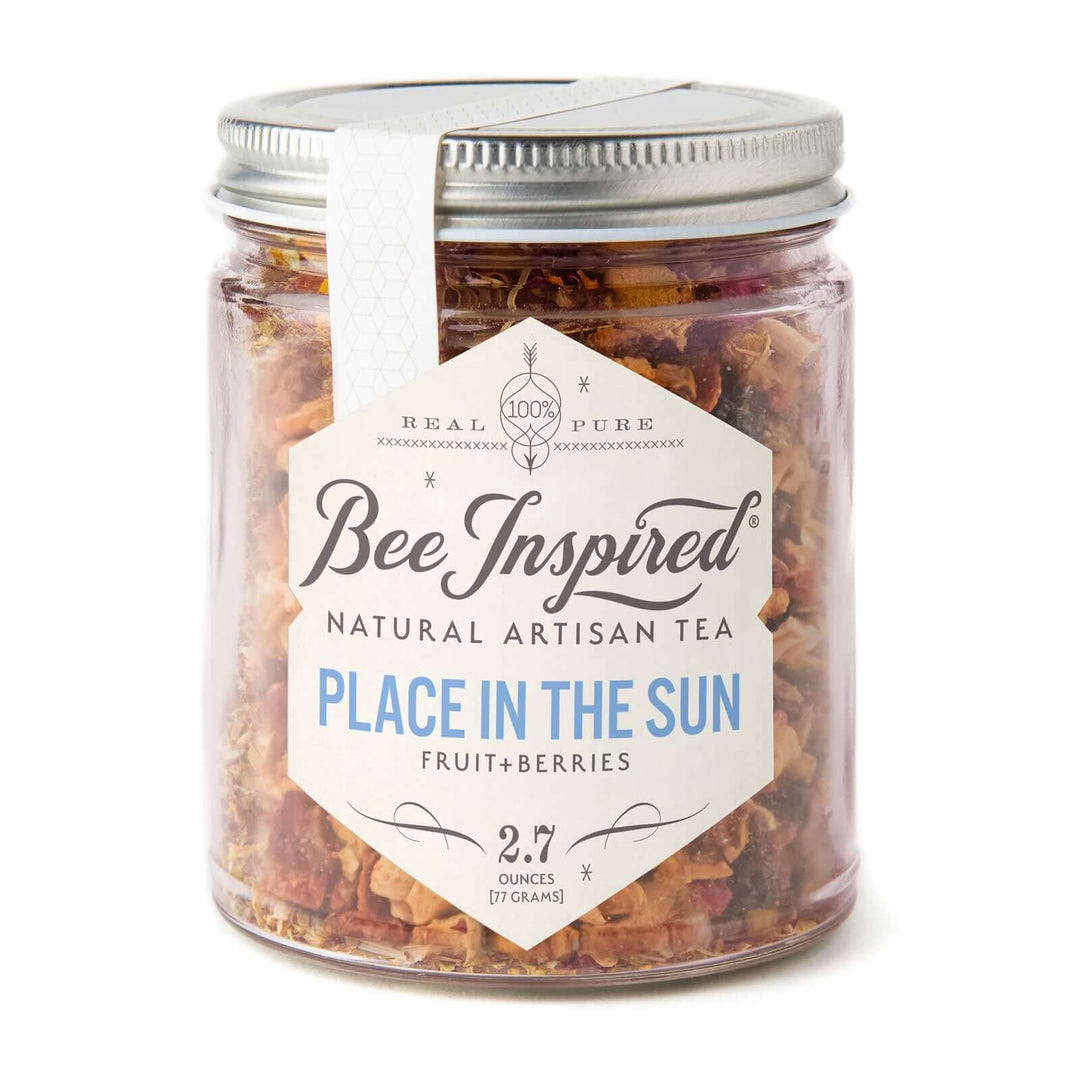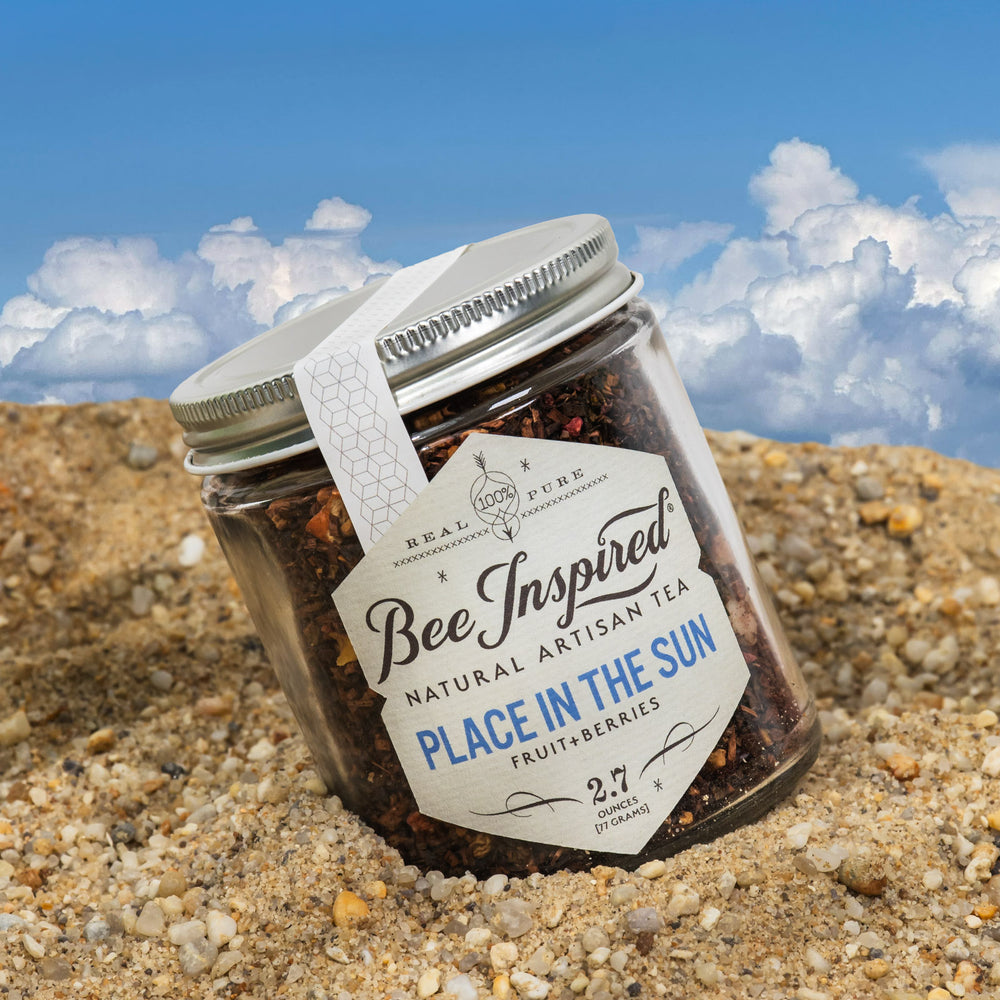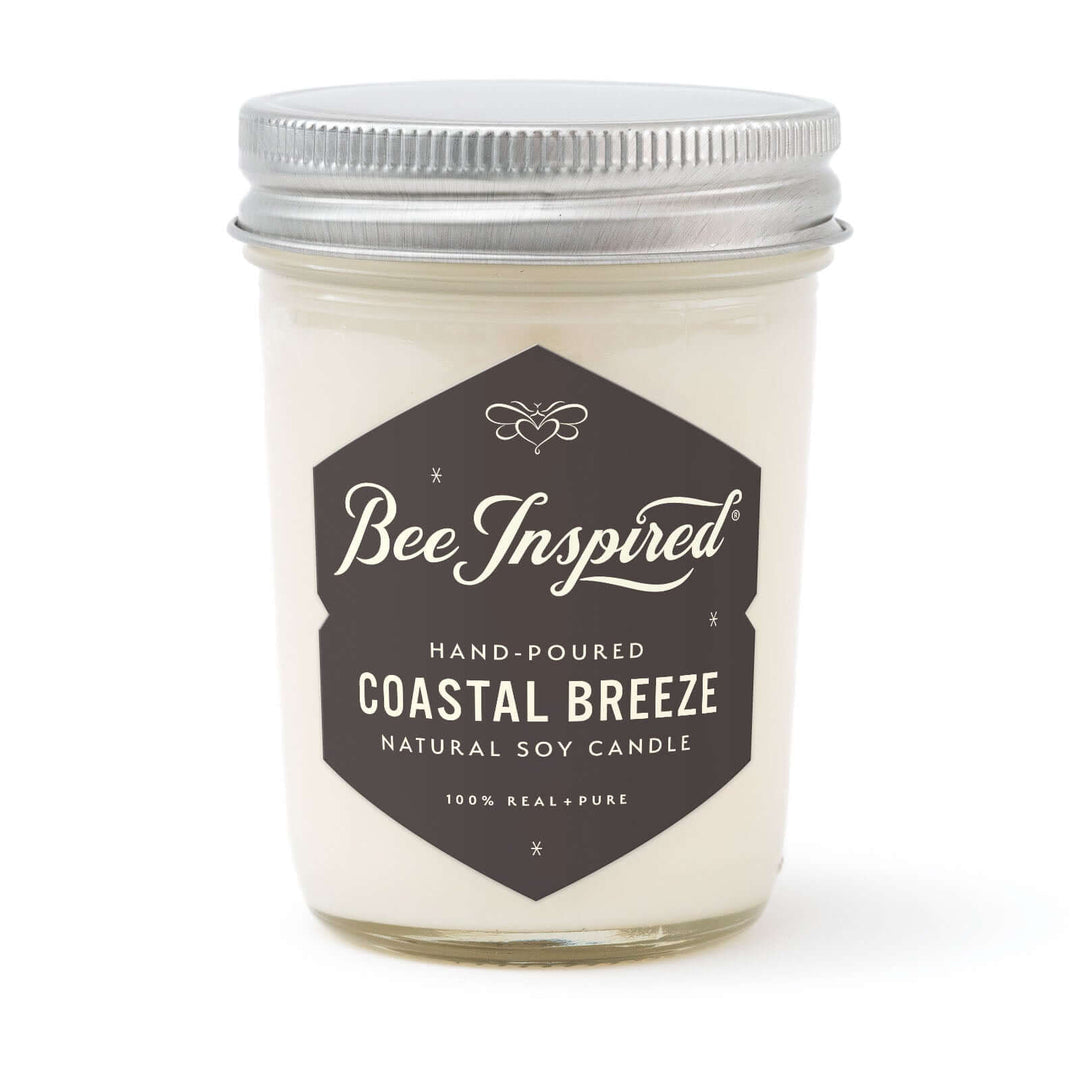In the world of honey, there are varieties that stand out for their unique flavors, exceptional qualities, and limited availability. One such gem is Tupelo honey. Renowned for its exquisite taste, it’s a luxurious and highly sought-after honey varietal.
At Bee Inspired we pride ourselves on the quality of our Tupelo harvest. Our honey is undiluted and as natural as the earth itself. Please come and try this amazing delicacy!
Join me in this article as I embark on a journey to explore the captivating world of Tupelo honey, discovering its origins, distinctive characteristics, and the reasons behind its prized status!

Tupelo Honey: What Is Its Origin?
This impressive honey gets its name from the blossoms of the majestic Tupelo trees that are predominantly found in the southeastern United States. These trees thrive in the wetland environments of the Apalachicola River Basin and the Florida Panhandle, making the honey a true product of nature’s pristine landscapes.
The Apalachicola River is particularly significant in the production of Tupelo Honey, with its swampy conditions providing the ideal setting for the White Tupelo tree to thrive. It’s primarily harvested in the Gulf Coast region of Florida and Georgia, where the Apalachicola and Ogeechee rivers flow, which creates the perfect conditions for Tupelo trees to flourish.
What Makes it Unique
What sets Tupelo honey apart from other honey varieties is its remarkable taste and consistency, including its distinct buttery flavor. Honey bees gather nectar from the White Tupelo tree to create this unique and premium-priced honey.
It’s celebrated for its light golden color, with hues that range from pale amber to a translucent yellow. The honey has a velvety smooth texture and a silky, buttery feel on the palate.
One of the key factors contributing to the uniqueness of this variety of honey is its high fructose content. It gives it a distinctive flavor profile, often described as floral, fruity, and reminiscent of the delicate blossoms of the Tupelo tree itself.
An exceptional quality of this type of honey is its resistance to crystallization. Due to its high fructose content and low glucose levels, it remains liquid for an extended period, even at cooler temperatures. This feature enhances its versatility, allowing for effortless drizzling, spreading, and mixing in various culinary creations.

The Tupelo Trees Harvest
The harvesting of Tupelo honey is a delicate process that demands precise timing and expertise, making tupelo honey a unique endeavor. Pure tupelo honey is gathered from the tupelo tree in the swampy environment of the Apalachicola River Basin in Northwest Florida, where beekeepers must keep their hives on platforms or floats due to the specific conditions required for its production. Beekeepers must be attentive to the fleeting Tupelo trees bloom, which typically lasts only two to three weeks in late spring. During this brief window, the bees gather nectar from the Tupelo flowers and transform it into luscious and golden honey.
Due to the limited duration and the specific geographical requirements of Tupelo tree habitats, the annual honey yield is relatively low. This scarcity adds to its desirability, making it a treasured and exclusive delicacy that honey enthusiasts eagerly seek.
What Does Tupelo Honey Taste Like?
Tupelo honey is renowned for its exceptional taste and distinctive flavor profile. The initial taste can be compared to Juicy Fruit gum, with its bright, fruity-floral burst of flavor. It is often described as having a delicate, floral, and fruity taste with hints of green melon, citrus, and a subtle note of vanilla. The flavor is complex and nuanced, offering quite a unique sensory experience.

What sets it apart is its mildness and lack of overpowering sweetness. It has a subtlety to it that is well-balanced and not overly sugary. This allows the nuanced flavors of the honey to shine through, making it a favorite among honey enthusiasts who appreciate more intricate taste profiles.
The smoothness and velvety texture of this natural sweetener further contribute to its enjoyable taste experience. It glides smoothly on the palate, leaving a pleasant and lingering aftertaste.
It’s important to note that the taste can vary slightly depending on factors such as the specific region it is harvested from, the weather conditions during the blooming season, and the skill of the beekeeper. However, in general, Tupelo honey is celebrated for the unique and delightful flavor that distinguishes it as a luxurious and sought-after honey variety.
Is Tupelo Honey Raw or Processed?

Did you know you can eat raw honeycomb? Our raw honeycomb is 100% edible and ethically sourced from a small beekeeper in Pennsylvania. It is another delicious and unique way to eat honey!
Tupelo honey can be found in both raw and processed forms. Raw tupelo honey is highly prized for its unique flavor, resistance to sugaring, and the challenges involved in its production, which contribute to its high price and devoted following among honey lovers.
Raw varieties are typically minimally processed. They’re extracted from the honeycombs using careful methods that preserve their natural qualities. This includes techniques such as cold extraction, which avoids excessive heating and filtering that could alter the honey’s flavor and nutrient content. Raw Tupelo retains its enzymes, pollen, and other natural components, providing a more authentic and unadulterated honey experience.
On the other hand, some kinds of honey may undergo processing methods such as gentle warming and filtration to remove impurities, excess moisture, or air bubbles. These processing steps are generally mild and aim to improve the honey’s clarity and shelf stability while still preserving much of its natural characteristics.
Ultimately, whether you choose raw or processed depends on personal preferences and priorities.
I, of course, love raw honey best as long as all the bee parts are filtered out, which is what makes it Kosher by “Star K” standards!
Can Tupelo Honey Be Used in Cooking and Baking?
Absolutely! It’s a versatile ingredient that can be used in various cooking and baking recipes. Read more of our tips and tricks for baking with honey. Its unique flavor profile and smooth texture make it a delightful addition to a wide range of recipes:
- Sweeteners and syrups
- Sauces and glazes
- Salad dressings
- Baked goods
- Marinades and rubs
- Desserts
One thing to keep in mind when using Tupelo is that it has a very delicate flavor, especially compared to other sweeteners.
Start by substituting it in recipes that call for other liquid sweeteners and adjust the amounts to achieve the desired level of sweetness.
Experiment with different recipes and have fun exploring the unique culinary possibilities that this honey can bring to your kitchen!
Embracing the Delights of Tupelo Honey
Tupelo honey is a precious and sought-after treasure in the world of honey. The White Tupelo tree is significant in the production of Tupelo Honey, contributing to its unique flavor. Its exceptional taste, distinctive characteristics, and limited availability make it a symbol of luxury and indulgence. The white Tupelo trees thrive in specific habitats, preferring seasonal flooding and damp soil conditions, particularly in regions like Gulf County, Florida. Whether enjoyed on its own or incorporated into various honey-based products, this variety of honey offers a unique and memorable experience. The annual Tupelo Honey festival celebrates this unique honey, bringing together purveyors and vendors in a vibrant marketplace atmosphere.
Remember: Not all honey is created equally. You really have to trust your beekeeper, and I encourage you to do taste tests! Bee Inspired Tupelo Honey is undiluted, natural, and luxurious — our wonderful clients have done a few tests themselves and shared that the others simply don’t hold up.
Indulge in the richness of Tupelo and savor the sweetness it brings to both the palate and life’s special moments!













